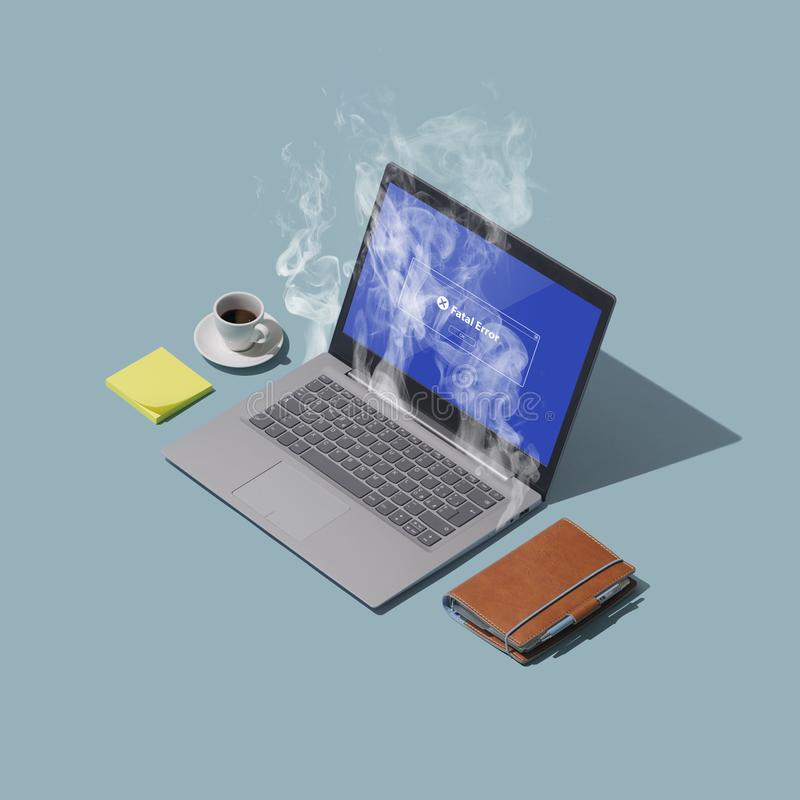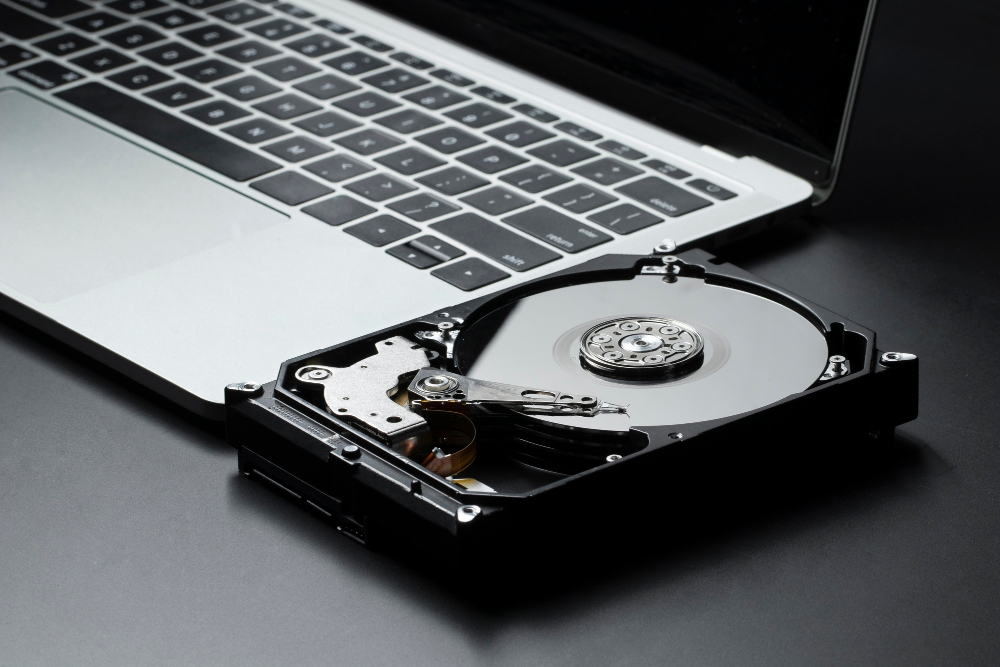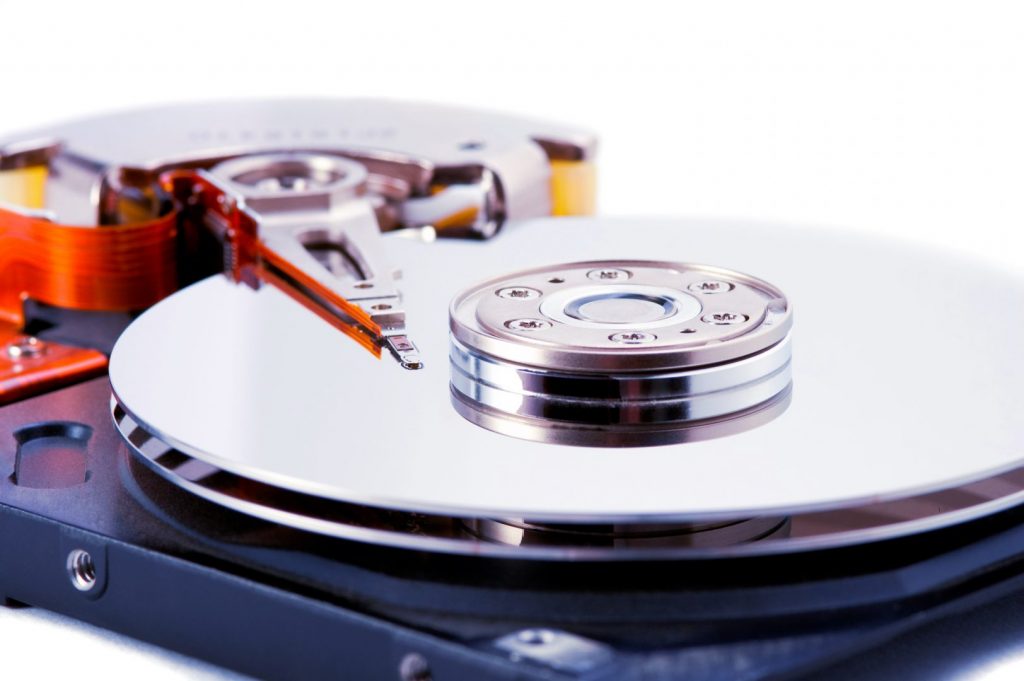One of the worst things that happen to a computer (laptops especially) is motherboard damage. This is the center of the electronics aspect of a computer, where all the hardware components meet and work. Just as the name implies, it is the mother of components in the computer. Need not emphasize what happens when it dies, but most of the time, it is not repairable. Of course, if situations like these happen, you could just opt in for a new computer and move on, but how about your data or files? There are times when you might have crucial data on your computer when the motherboard dies. Do not panic, you can still recover your data and files.
Related: When is a computer not worth Repair
The motherboard houses the Expansion slots, Power connectors, CPU, GPU, RAM, ROM storage, and more. A part of the component it houses is the storage devices, which store the data. Everything the user needs on the computer, aside from the specifications or ability is mostly encircled around the files and data. However, even in tough computer damage situations like this, there are data recovery solutions, that work. How do they work? Let’s have a look at it in understandable sections on this post.
Common Computer issues that lead to Motherboard Damages
The motherboard rarely gets damaged or has issues, it defines the longevity of a computer if not affected. In as much as computer parts do get damaged, they can get repaired with the right technicians near you.

However, issues with motherboards rarely happen directly unless the computer is broken and it affects the motherboards too. Other causes are mostly from chain reactions of other damages (hardware and software). Here are the common causes that lead to the motherboard damage.
1. Liquid and Physical Damages
Physical and liquid damage is a frequent computer problem that can seriously destroy the motherboard. Spills or contact with liquids can cause short circuits, corrosion, and broken components, which may result in irreversible motherboard failure or data loss.
Accidental bumps, drops, or improper handling of the computer can physically harm the motherboard’s sensitive connectors and circuitry, interrupting the flow of electricity and rendering the device unusable. It is necessary to keep liquids away from the computer, respond quickly to spills, and handle the computer carefully to avoid collisions or using too much force. By taking these safety measures, you can shield the motherboard from harm and increase its lifespan.
Related: Top 4 Data Recovery Types in 2023
2. Overheating
Another typical computer problem that endangers the motherboard is overheating. The motherboard and other components can get too hot when the computer’s cooling system is insufficient or obstructed. A motherboard may twist, expand, or even have a component breakdown after being exposed to extreme temperatures for an extended period.
Related: Why my computer system is slow
System instability, erratic shutdowns, or irreparable motherboard damage may result from this. The motherboard may be safeguarded and the system’s general health can be preserved by keeping an eye on the computer’s temperature and swiftly correcting any overheating problems.
3. Power Surge and ESD
Electrostatic discharge (ESD) and power surges are two additional causes of motherboard damage. A power surge happens when electrical voltage suddenly increases. This can overwhelm the motherboard’s delicate circuitry. This may occur as a result of electrical problems, lightning strikes, or the restoration of electricity after a blackout.
See Also: Types of Storage Devices and their uses
Similar to this, ESD stands for electrostatic discharge, which can happen when handling computer components improperly grounded. The motherboard and other internal components are susceptible to irreparable damage from both power surges and ESD.
4. Incompatible Components
Utilizing hardware or peripherals that are incompatible with the motherboard is referred to as using incompatible components. This can involve employing CPUs with unsupported socket types, RAM that isn’t compatible, or expansion cards that aren’t compatible.
The circuits and connectors on the motherboard may become overworked and damaged if incompatible components are used. System instability, sporadic crashes, or even the motherboard failing are all possible consequences.
How Data Recovery Works
Recovery of lost or inaccessible data from storage media such as memory cards, hard disks, SSDs, and USB drives is known as data recovery. Effective data recovery requires several processes. They might sometimes require professionals or you can get them done on your own.

The storage device is first assessed to ascertain the reason for and scope of the data loss. If there is physical damage, repairs might be required before moving forward. To stop the original device from suffering additional harm, a sector-by-sector clone or image is made. In the course of the recovery procedure, this maintains data integrity.
See Also: Data Recovery Services in 2023
The erased or lost data from the cloned image is then recovered using specialized tools and methods. For recovery, the directory hierarchy, file system, and specific file fragments are examined. After the data has been properly recovered, it is checked for accuracy and completeness. Then, it is restored to a sound storage device or given to the user in a functional format.
Ways of Recovering Data when the Computer Motherboard Dies
Data stored on the hard drive may be difficult to access when a computer motherboard malfunctions. The computer will become completely or virtually completely unusable in this circumstance.

Hard drive removal, utilizing a live CD or USB, and using a professional service to recover data are three methods that can be employed to get data recovery done in this circumstance.
External Recovery by Hard Drive Removal
First, make sure the dead PC is unplugged from all power sources and turned off. Then, to access the internal parts of the computer, open the cover or panel. This can entail taking out screws or latches.
Find the hard drive, which is often a rectangular part attached to the motherboard via cables. Pulling the cables out of their connectors gently will allow you to carefully unplug them.
The hard disk can be linked to another working computer after being separated from the motherboard. You can do this by attaching the external hard drive directly to a free SATA port on the other computer, using a USB adapter, or using an external hard drive enclosure.
Once the hard disk is connected to a working computer, it should show up as an extra drive. The data can then be accessed and recovered by copying it to a secure location or, if necessary, by utilizing data recovery software.
It’s crucial to note that to prevent further harm to the components, it is advised to get assistance from professional services to recover data if you are unfamiliar with computer technology or feel uncomfortable carrying out these steps.
Utilizing a CD or USB for Recovery
- By downloading a Linux distribution or a data recovery tool with a Live version, you should first construct a Live CD or Live USB. Use a program like Rufus or UNetbootin to make a bootable USB or burn the Linux ISO file to a CD.
- On a functioning computer, place the Live CD in the CD/DVD drive or attach the bootable USB to a USB port.
- Press the relevant key during startup to access the BIOS or UEFI settings on a functioning machine by restarting it. Set the machine to start from a USB or CD/DVD drive.
- You’ll have access to a working operating system as soon as the machine starts up using the Live CD/USB. Locate and copy the crucial data from the non-working hard drive using the file manager or data recovery software available in the Live environment.
- After a successful copy on a functioning computer, you can then transfer them to an external hard drive for safekeeping.
Seeing Professional help
If you are unable to complete this on your own or there is an emergency, you can look for a qualified data recovery technician nearby. Professional data recovery services might be used if the data is crucial if the aforementioned techniques don’t work. These businesses can rescue data from broken or dead motherboards thanks to specific tools and knowledge.
What if my motherboard and hard drive both suffer damage?
Data recovery is more difficult if your hard disk and motherboard are both destroyed. In these situations, hiring professional data recovery services might be your best choice. To repair damaged drives and recover the data from them, they have cleanroom facilities and cutting-edge processes. However, the degree of the drive’s damage determines how well the data may be recovered.
Can I stop data loss from occurring if the motherboard fails?
While data loss due to a motherboard failure cannot be entirely avoided, it can be lessened with the right measures. You may help ensure that your data is safe even if the motherboard malfunctions by routinely backing up your vital data to an external storage device, cloud storage, or network-attached storage (NAS) device. Additionally, keeping the motherboard and other parts of your computer cool and well-maintained will lengthen their lives and lower the likelihood of failure.
Conclusions
In conclusion, it is essential to recover data, by locating important information from storage devices, particularly in circumstances like a broken computer motherboard. There are ways to recover lost data, including DIY techniques like removing the hard disk or using a live CD/USB, or using a professional data recovery service. To reduce the chance of irrecoverable data loss, it’s crucial to keep in mind that prevention is the best course of action and that regular data backups are crucial. Additionally, working with trustworthy data recovery professionals increases the likelihood of successful data retrieval.

